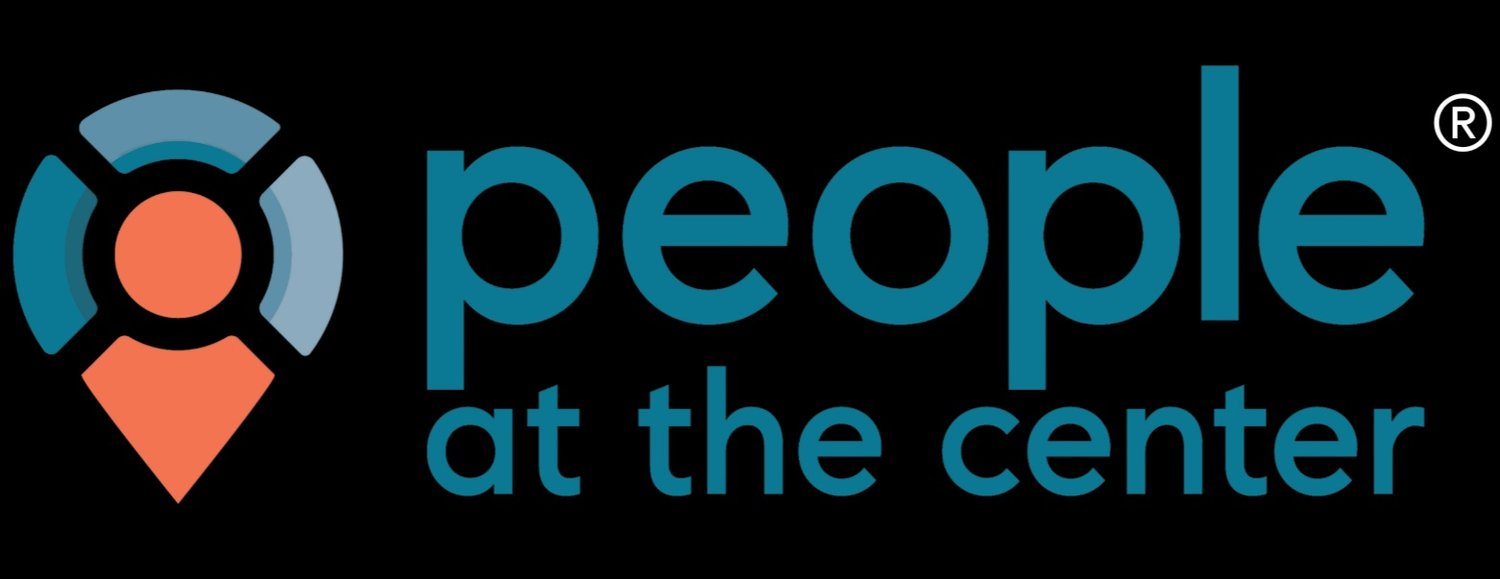Remote Revolution
Building a Strong Company Culture in the New World of Work
Ah yes, the weekend… always gone in a flash, leaving just a couple of hours before Monday reclaims its throne. For onsite workers, it's a familiar struggle, often met with a lingering yawn and a yearning for the freedom of flexible hours.
Enter the remote work setup. Data reveals that this arrangement has not only increased the labor force but provided increased inclusivity for employees, especially women. Though the pandemic may have accelerated the trend, it seems the future of work is more flexible than ever before. Our idea of what comprises an “office” is evolving. Research by Robert Half, a global human resource consulting firm, reports that 66% of workers prefer to work remotely three days a week, even as the worst of the COVID-19 pandemic has passed.
Yet, within this paradigm of hybrid and full-time remote work, leaders grapple with new challenges. Picture a new employee onboarding virtually, feeling isolated and unsure where to fit in. Or a geographically diverse team struggling to collaborate due to asynchronous schedules, leading to communication gaps. While remote work offers flexibility, it's important to remember that a job is still a job – demanding focus, commitment, and productivity.
So, the crucial question remains: how do we develop a strong company culture when our teams are spread across time zones?
The answer, we believe, lies in a simple yet powerful principle: put people at the center. Here are some ideas that we’ve seen work well for our clients, and we’d love to hear yours as well:
Start and End Shifts With Activities to Connect and Engage.
Communication is often considered cliché. It’s normal to get lost in the shuffle of targets, deadlines and pressure and overlook the need to simply connect with your teammates as human beings. Addressing this challenge with regular virtual huddles, sharing transparent company updates, creating safe spaces for open feedback, and wrapping up with friendly, lighthearted chats builds rapport and promotes team cohesion. Our blog post on fostering Connected Communication shares about how we can have individuals feel heard, included, and appreciated, resulting in more engaged and empowered employees.
Be Intentional About Bringing in the Humanity.
A client of mine came up with a way to encourage connection with what she calls the "5x5 practice": 5 people share something about themselves for 5 minutes each using a few slides. They can share anything they like about themselves that they want their colleagues to know. She encourages personal hobbies, pets, lifestyle, and also encourages colleagues to post in the chatroll when they have something in common or to otherwise affirm their peer. This creates a safe space for vulnerability and helps team members get to know each other on a deeper level. Ultimately, the goal is to create regular touchpoints where people can simply connect and be human.
Consider Audio-Only Meetings.
Research confirms: Zoom fatigue isn't a fad, it has real negative effects on employee well-being. Constant camera pressure adds cognitive strain, self-consciousness, and misses crucial in-person cues. Consider offering occasional audio-only meetings. It might seem counterintuitive, but trust the science - video fatigue is real. Ditch the camera for a natural flow, less self-presentation pressure, and a break from the video drain.
Celebrate Achievements.
Whether it’s a monumental win or as simple as a deadline met, recognition of a staff’s contribution is vital in reinforcing an organization’s commitment to success. It helps motivate and energize the employee, fosters pride and ownership, and sends positive ripples throughout the team.
Echoing the wisdom of B.F. Skinner, applauding your employee’s efforts and accomplishments is a strategic investment in excellence. By adding a rewarding stimulus after a desired behavior, as Skinner’s Operant Learning Theory suggests, you strengthen that behavior, making it more likely to occur again. Be specific, sincere, timely, and consistent in giving positive reinforcement, whether through private messages or public shout-outs. And the best part? Rewards at their core can cost little to nothing, yet it can provide a tremendous boost in confidence for your team while attracting and retaining the best talents.
Give the Freedom of Flexibility.
Granting your team the flexibility to manage their hours within reason is an investment in trust. Today's employees crave the freedom to control their hours, weave personal time seamlessly into their workday, and adjust commitments as needed. Smart companies are getting on board, offering work-from-home options and flexible schedules. Why? Because it's not just about trendy perks – it's about respecting the diverse needs of your team. This translates to happier employees, reduced stress, and a team more likely to stick around. It's a win-win, a testament to the power of putting people first, even when they're not physically present.
This might seem like a tall order, but trust us, the rewards are immense. By putting people at the center, you can develop a strong company culture that transcends physical boundaries and empowers your team to achieve extraordinary feats together.
